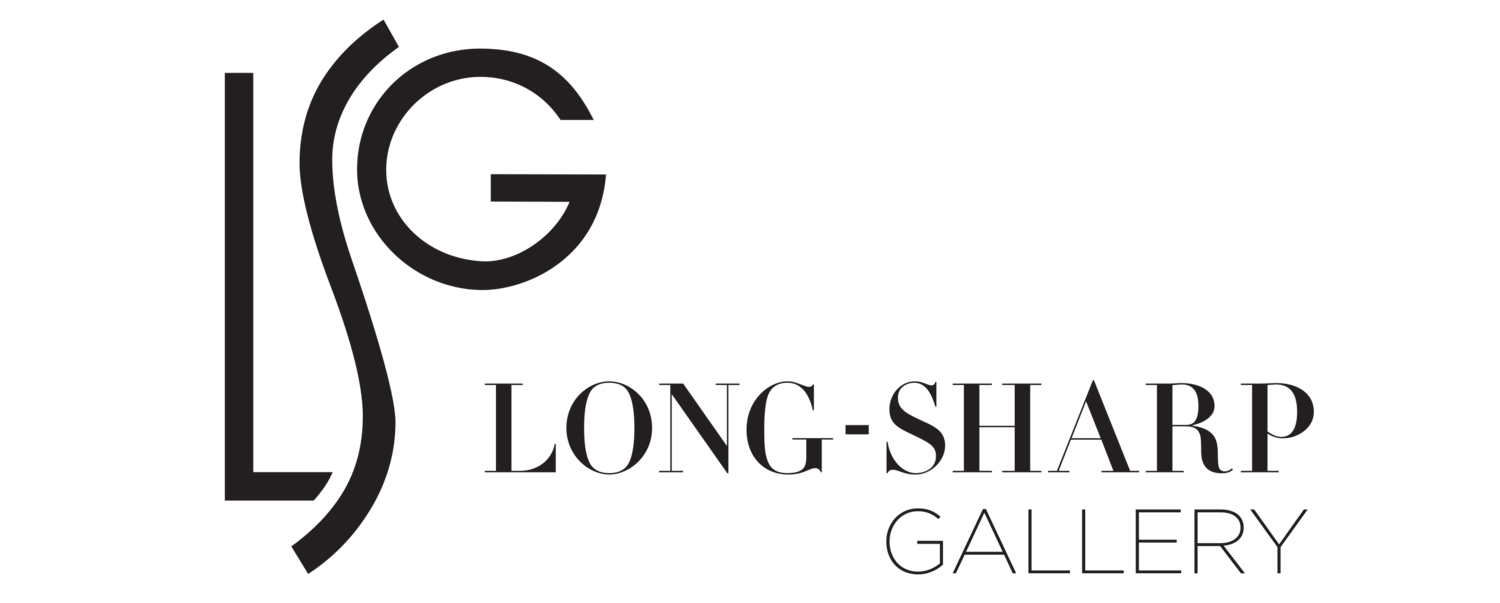Andy Warhol - Study Drawing for “Wild Raspberries”
Year: circa 1959
Medium: Ink on paper
Size: 17.125 x 14.5 in (43.5 x 36.8 cm)
Provenance:
Estate of Andy Warhol (stamped)
The Andy Warhol Foundation for the Visual Arts (stamped)
Long-Sharp Gallery
Authenticated by the Authentication Board of The Andy Warhol Foundation for the Visual Arts (stamp on verso), Foundation archive number on verso in pencil, initialed by the person who entered the works into The Foundation archive.
Famous designer Suzanne Frankfurt sought out Warhol after she came across one of his pieces at Serendipity in the late 1950s. They became fast friends, and eventually decided to create a book together—it was designed as a parody of the mass-produced books on French cuisine popular in the 1950s.
Created in 1959, this particular “cookbook” is comprised of illustrations accompanied by whimsical recipes (including among them Omelet Greta Garbo, Greengages a la Warhol, and Baked Hawaii). Indeed, the book was created with the help of many: Warhol drew; Suzanne Frankfurt created the recipes; Warhol’s mother penned the verses; the eventual books were “colored” by four schoolboys hired by Warhol and Frankfurt. These contributions epitomize the “assembly line” method that so fascinated Warhol.
In Susan M. Rossi-Wilcox’s essay published in Reading Andy Warhol (Hatje Cantz, 2013), Rossi-Wilcox writes: “As Suzie [Frankfurt] recalled, ‘Andy and I would look at recipes and not be able to figure them out… We decided there should be a cookbook for people like us.’ They concocted the project during his first dinner at the Frankfurts’ home. She assembled the text, which was copied by [Warhol’s] mother, Julia Warhola. Given the absurdity of the recipes’ instructions, the manuscript’s uneven letters [and] confused capitals contribute to the project vision.”
As Frankfurt recalled in an interview in the 1990s, “[W]e did the book, Andy with his Dr. Martin’s dyes and Mrs. Warhol [Andy’s mother], her calligraphy. She was gifted and untutored, and we left all the spelling mistakes, I wrote the recipes.” (Interview by William Norwich, Observer, December 1, 1997.)
At the time of its publication, Warhol and Frankfurt primarily gave out the books as gifts, as well as consigned a few copies to Doubleday Publishing Company and other entities. They also tried (unsuccessfully) to sell the book through Bloomingdales. (Mulroney, Andy Warhol: Publisher at page 13.) It was reported the coloring process was slow, and that only 34 of the approximately 100 books published had all of their pages colored.
The book was also the subject of an exhibit [aptly titled “Wild Raspberries”] at the Bodley Gallery, December 1-24, 1959.
